Why are arctic foxes the main hooligans of the Arctic? (8 photos + 1 video)
This white handsome man seems so cute. But if you meet him in person, immediately hide all the food! 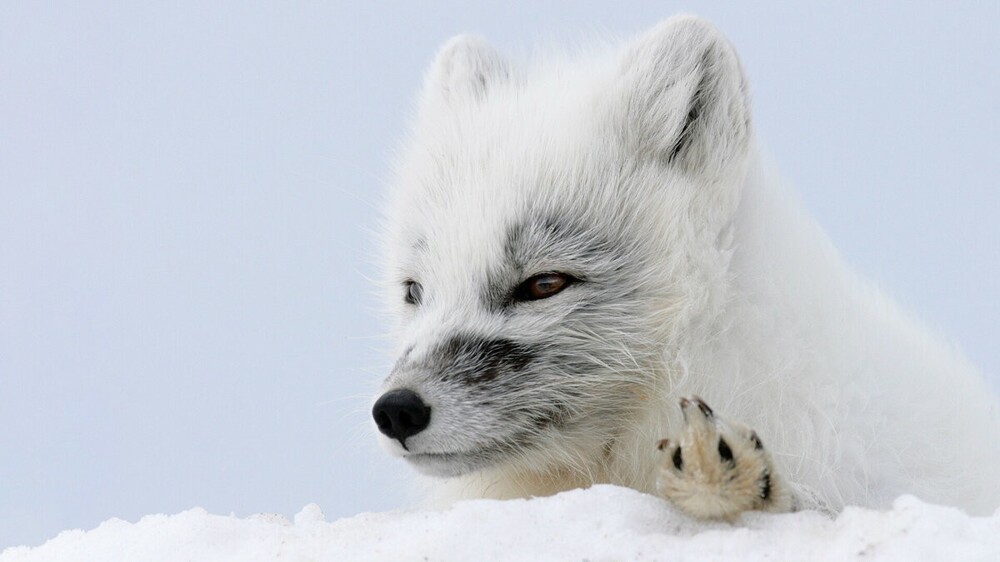
In Russia, foxes live everywhere, from Kaliningrad to Vladivostok. A here in the Arctic they have the closest relative - the arctic fox. Despite the cutest appearance, it is he who is the main thief and hooligan of the Far North.
Takes all you can eat 
As a rule, wild animals shun people, but foxes (and foxes, of course) have long understood the connection between humans and food. No people they do not eat, but they know that a person can have something tasty than you can enjoy.
Arctic fox is by nature a small predator (weighs up to 8 kg), like a fox, only with white fur. He preys on small rodents like mice and lemmings. It looks like this.
These arctic foxes live in the polar regions of Eurasia and America, but there are especially a lot of them on the islands and even on drifting ice Arctic Ocean. They like the hilly tundra and even arctic deserts. 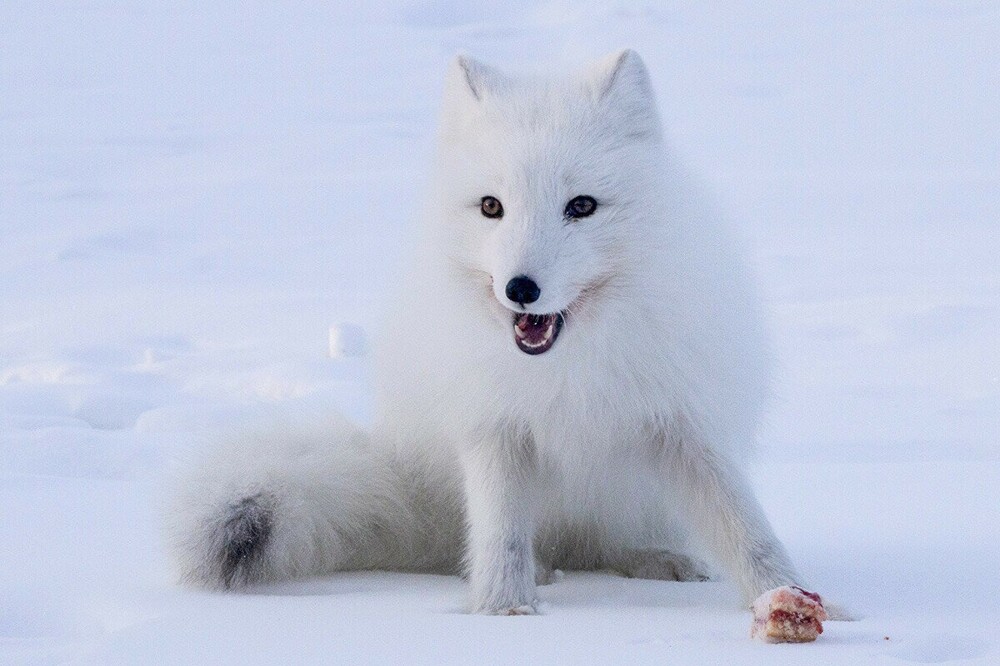
At the same time, arctic foxes are not at all afraid of civilization, and if there will be a person fishing nearby, they will definitely come up to get acquainted. And they won't refuse food. However, if the Arctic fox is not offered treats, he will not hesitate to steal it. Therefore, people who live and work in Arctic, they say that all food should be hidden from arctic foxes so that there is no smells that are attractive to him, otherwise they will even drag away a whole bag of food and don't blink an eye. Do they really eat that much? No, actually just stock up just in case.
Since arctic foxes are similar in behavior to foxes (and representatives of canines in general), then people try to tame them, feeding. Arctic foxes can indeed be "friends" with people, give themselves pat. For snacks, of course.
Daring foxes are not only with people, but also with others. animals. They are not afraid to even approach their polar bear neighbors, to steal their catch too.
Architects of the underground tundra
Imagine that you are in the polar tundra, where there is no almost no vegetation, but there is more than enough permafrost. Wherever you lived, be you a fox? It turns out that these animals dig holes for themselves, Yes, not just holes, but complex structures. 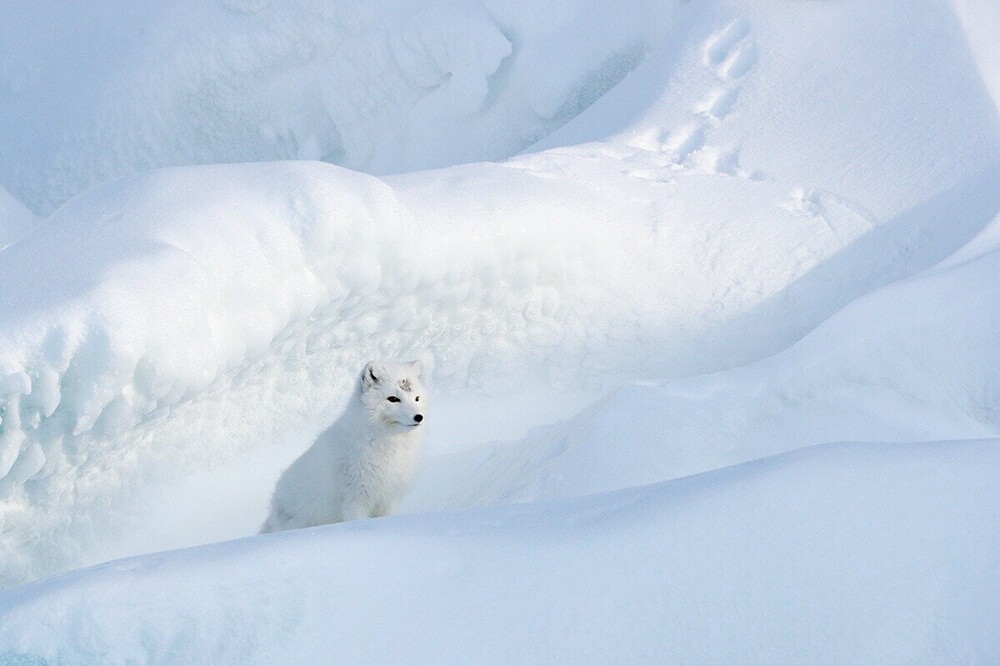
They choose places on a small hill (there to dig lighter, since the soil is softer and also less windy) or occupy already previously dug holes, and then make a network of complex moves. Fresh burrows have up to 10 exits, but the old ones, which are already decades old - up to 80. Families arctic foxes can use one hole for generations, if this they have enough food.
Increased frost resistance 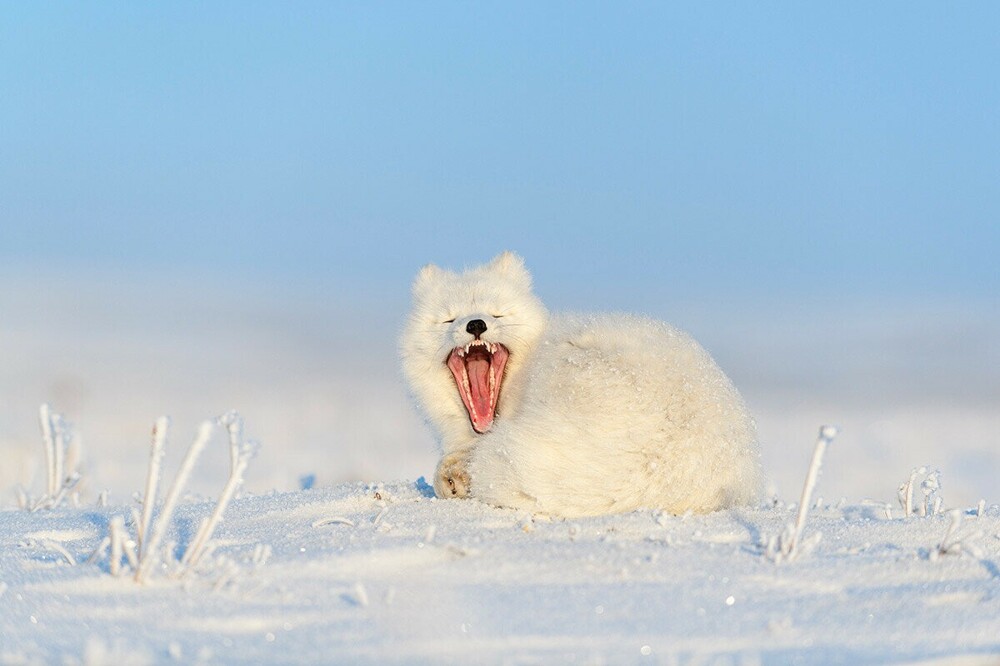
Nature came up with amazing mechanisms for the arctic fox survival. In the Arctic regions it is very windy and there are frosts down to minus 70 degrees. But the arctic fox does not hibernate, his metabolism does not slowing down (or even speeding up). On the contrary, it is in winter that it is in the best form. 
Firstly, the fox fur is very thick and warm (and because of this, it has always been one of the main objects of the fur industry; arctic foxes fur coats are one of the most durable, can be worn for more than 10 seasons). Secondly, the arctic fox sleeps or rests, curled up in a ball, which allows reduce heat loss. This is also facilitated by short paws and rounded ears. And foxes use their fluffy tail as a blanket.
Not only white
Summer and winter arctic foxes seem to be completely different animals. But everything is simple: the fox has two fur coats, and he changes them according to the season. 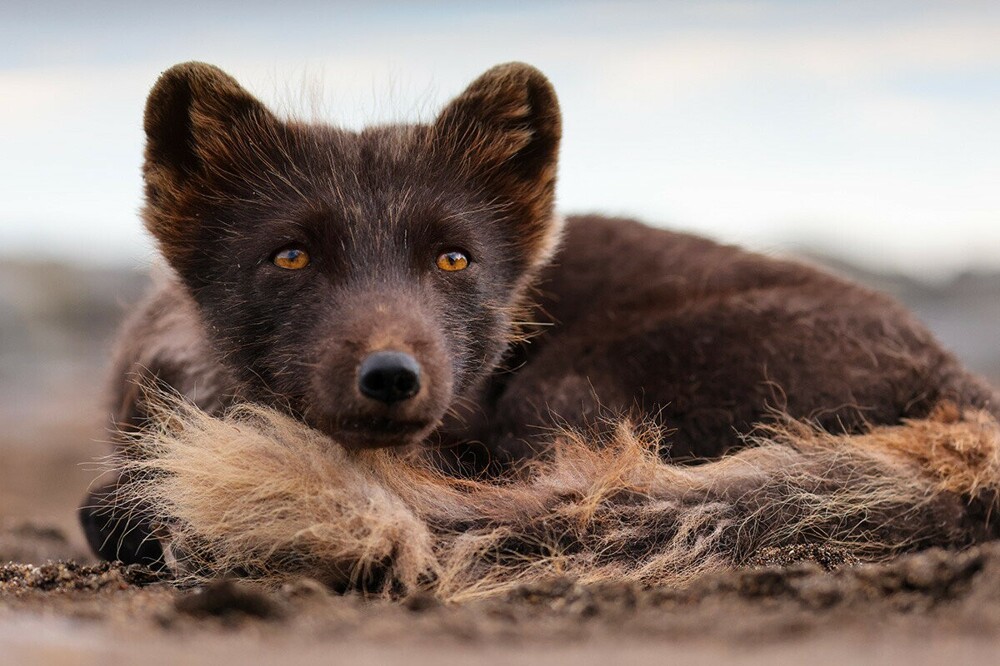
In autumn and winter they are white (the most fluffy are in January-February, in the midst of frost), but in spring and summer - gray or dark brown and one and a half times slimmer. In addition, in the Far The east is inhabited by very rare arctic foxes, listed in the Red Book of Russia. The most famous of them are blue foxes, which live on several secluded islands of the South Kuriles in the Far East. 
There is also a larger subspecies on the Commander Islands blue foxes - Mednovsky. Their peculiarity is that their fur coat one cveta both in winter and summer (gray-brown). Is that in the summer they more fried. However, in rare cases, there are also light gray foxes.
Have you ever seen a fox? Write in the comments






















